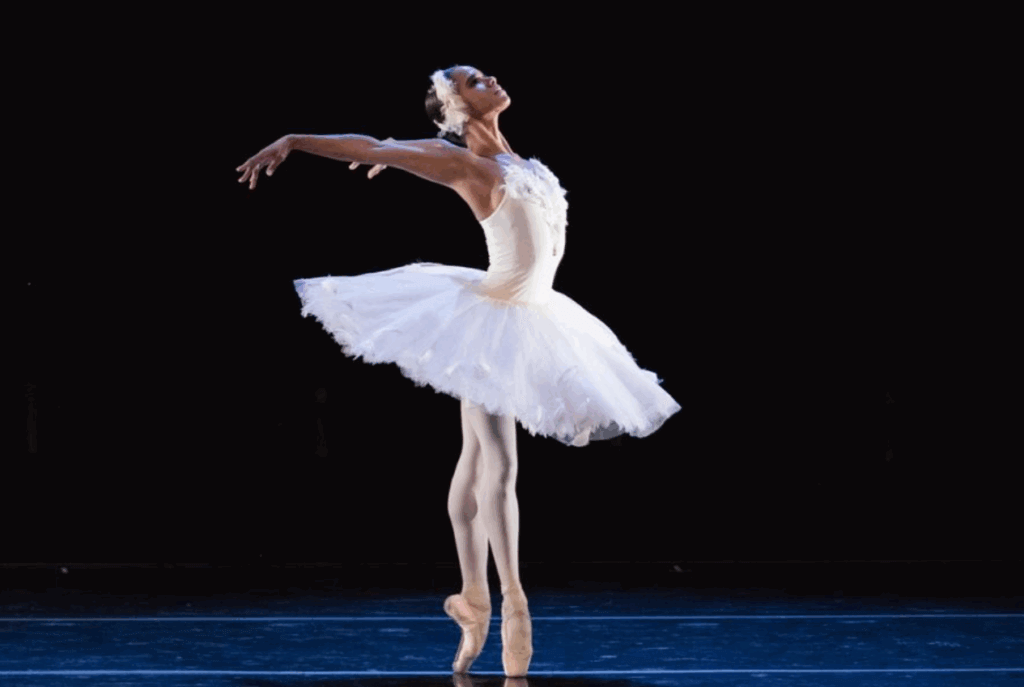Some stories begin with privilege and end with success. This one starts with a welfare motel and food stamps, yet somehow ends at Lincoln Center with a standing ovation that changed ballet forever. Between those two moments lies a journey so improbable that if it were fiction, you’d call it unrealistic. But Misty Copeland’s story isn’t fiction—it’s a masterclass in turning every obstacle into an opportunity. The question isn’t whether she made it. It’s how someone starting with so little could achieve so much, and what it really cost her along the way.
The Motel Room Childhood
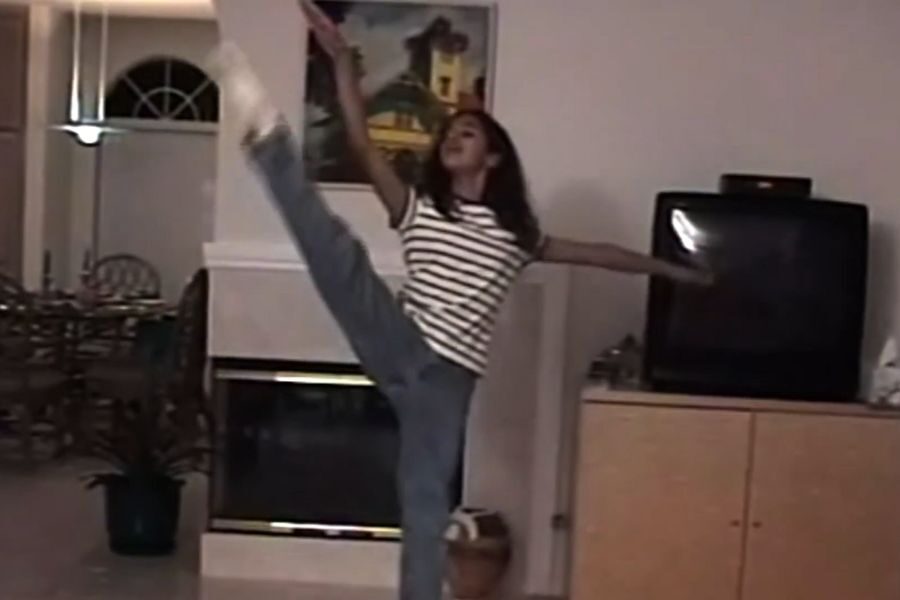
In 1995, a dingy motel room in San Pedro, California became home for 13-year-old Misty Copeland and her five siblings. Six kids sharing beds while their single mother, Sylvia, working multiple jobs just to keep them there.
“We were pretty much homeless,” Misty would later recall. It was cramped, chaotic, unstable. Privacy didn’t exist. The future felt impossibly uncertain.
But in that room, young Misty taught herself cartwheels and handstands, pretending to perform for an imaginary audience. Even then, even there, she was dancing—dreaming of applause she’d never heard.
When Food Stamps Meant Survival
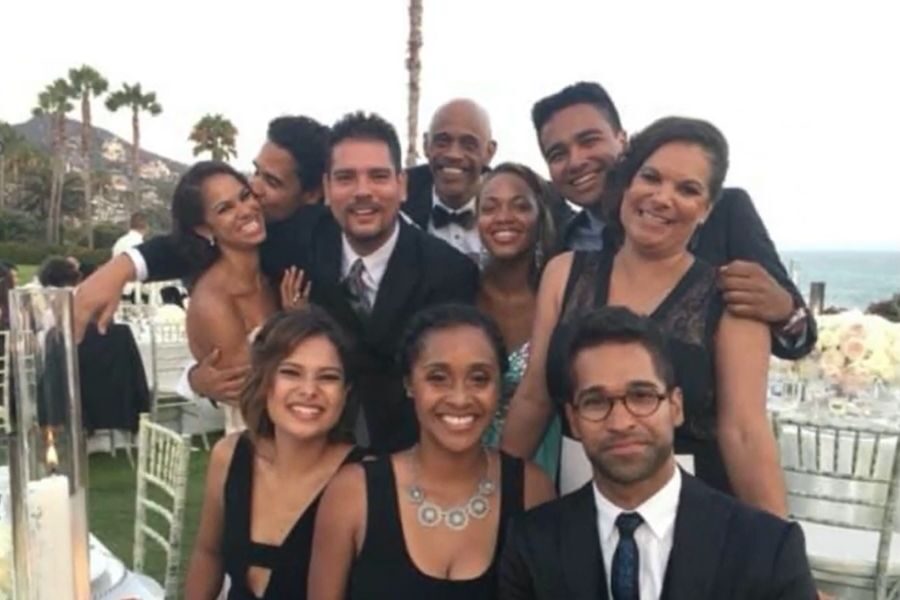
Hunger was a constant companion. Misty watched her mother count food stamps, calculating what six growing children needed versus what they could actually afford. There were never extras.
“We were trying to scrape up enough money just to go to the corner store and get a cup of noodle soup to eat,” Misty remembered. “It was probably just the worst time in my childhood.”
The shame of poverty stuck with her—the stares at checkout lines, the empty cupboards, the gnawing ache to hide. But so did something else: a fierce determination that this wouldn’t be her forever.
A Mother’s Fight to Keep Going
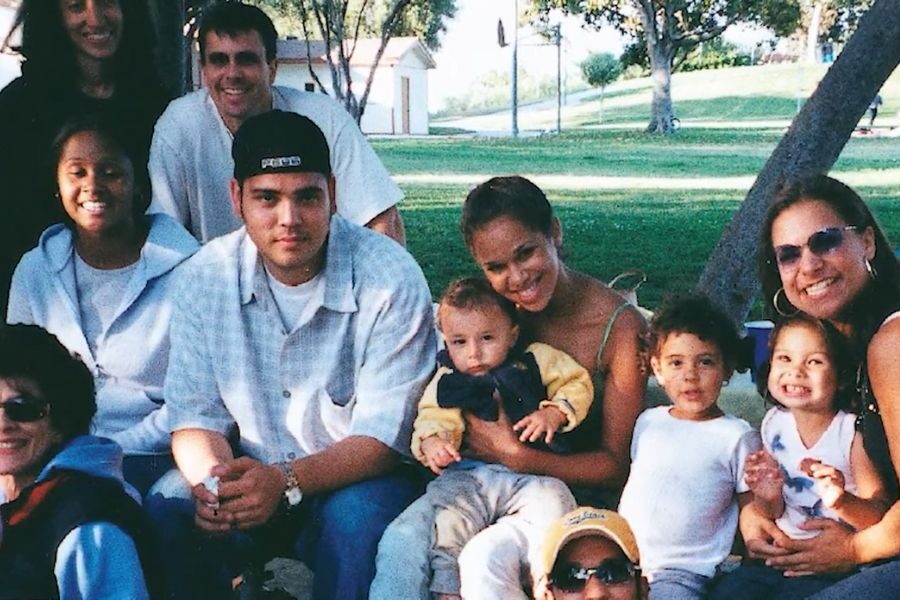
Sylvia DelaCerna worked multiple jobs to keep her family afloat. Choosing anything that would pay. She left before dawn and came home after dark, exhausted but determined.
Misty watched her mother carry the weight of six children on her back without complaint. The trail of divorces and broken relationships left them drifting between motels and borrowed spaces, as if permanence itself kept slipping away.
That kind of strength—the quiet, relentless kind that shows up day after day—would become Misty’s inheritance. When ballet demanded everything from her, she already knew how to give it. Her mother had shown her how.
The First Time She Stood Out
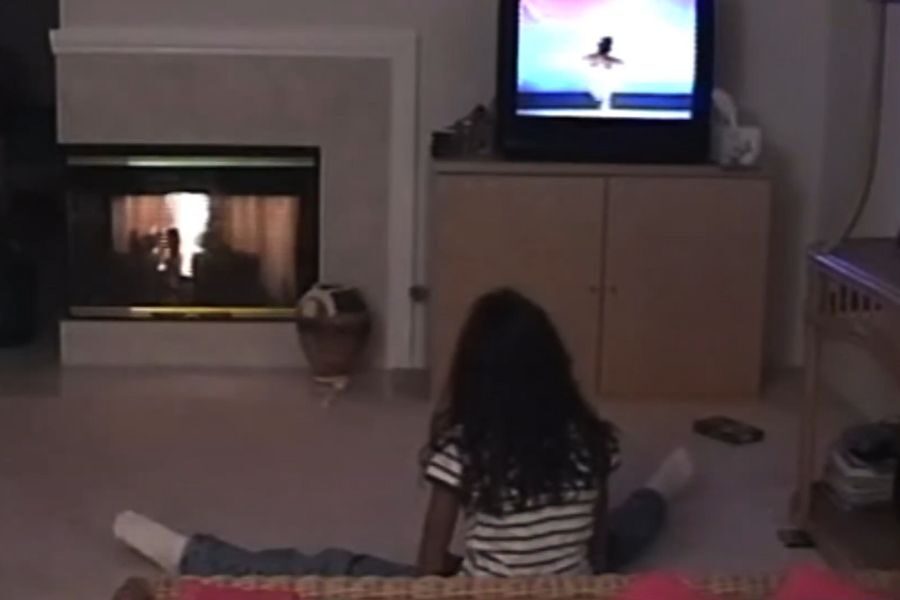
In middle school, Misty was shy—so afraid to read aloud in class that she’d shrink into herself. But she wanted to try out for the drill team anyway. Her big sister had been a star. Maybe she could be, too.
At the audition, something shifted. Misty moved differently than the other girls—naturally graceful, effortlessly rhythmic. The coach, who had studied ballet, recognized raw talent when she saw it.
She connected Misty with Cindy Bradley, a ballet teacher at the local Boys & Girls Club offering free classes. Misty accepted, not knowing that decision would change everything. Something beyond her wildest dreams.
Starting Too Late
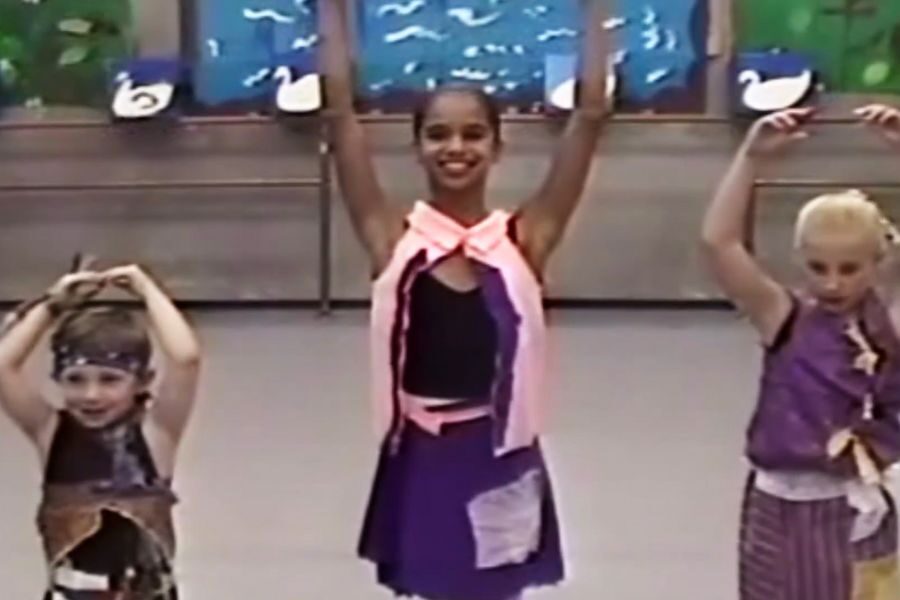
Her ballet journey didn’t begin on a stage, but on a basketball court, in socks and gym clothes. At 13, she was ancient by ballet standards. Most professionals started at three or four.
Cindy Bradley knew the odds were brutal. But watching Misty move, she saw something rare—natural talent mixed with hunger. “Having someone believe in me is why I think I dove into it,” Misty explained.
The classes were grueling. Every position felt foreign, every movement awkward. But Misty found joy in the discipline, the structure, the feeling of finally being good at something. She had no idea what she was up against. Sometimes ignorance is its own kind of courage.
Three Months to Master the Impossible
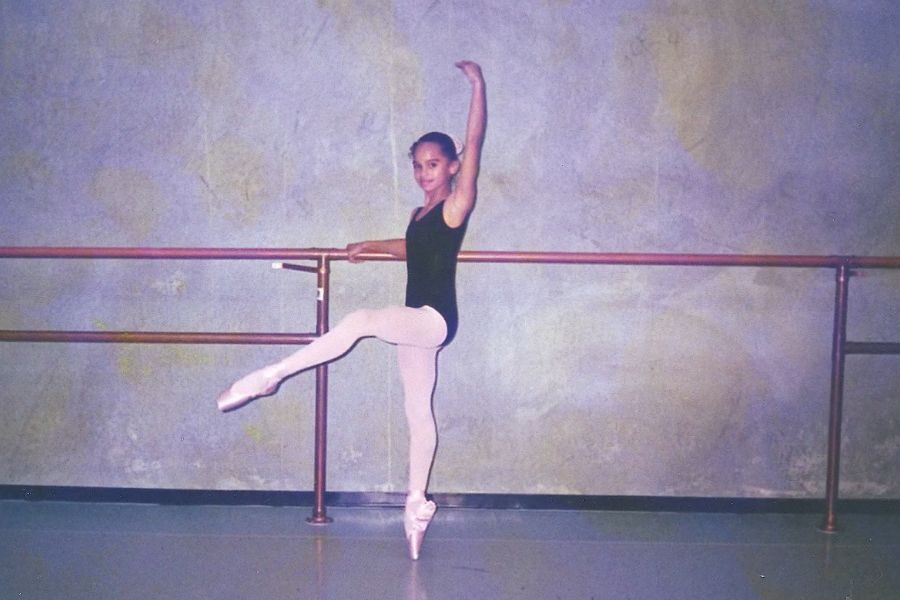
Dancing en pointe—on the tips of reinforced shoes—typically requires years of careful preparation. The feet must strengthen gradually, the technique must be precise. Rushing risks permanent injury.
But Misty did it in two months. Her toes blistered, bled, then calloused. Her body absorbed ballet instinctively, learning in weeks what others took years to master. Each leap carried her closer to a different future.
Cindy Bradley watched, amazed. This kind of natural ability could launch a legendary career or burn out spectacularly. The question wasn’t whether Misty had talent. It was whether that talent could survive what came next.
When Success Became Dangerous
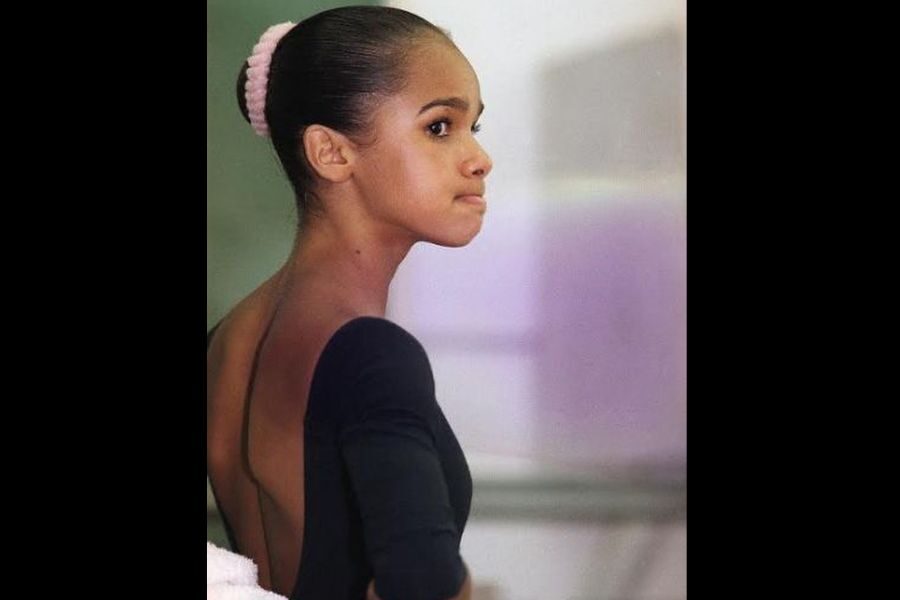
The bus ride from the motel to the ballet studio took hours. Misty’s schedule intensified—advanced classes, rehearsals, performances. Her mother finally said what Misty had been dreading: she’d have to quit.
She was devastated. But Cindy Bradley offered a solution: Misty could live with her family during the week, coming home on weekends. Her mother, seeing Misty’s heartbreak, agreed.
For Misty, it felt like salvation. Structure, stability, the space to devote herself to ballet. She moved in and began to thrive. But success, she would soon learn, could be dangerous too.
The Moment Everything Almost Ended
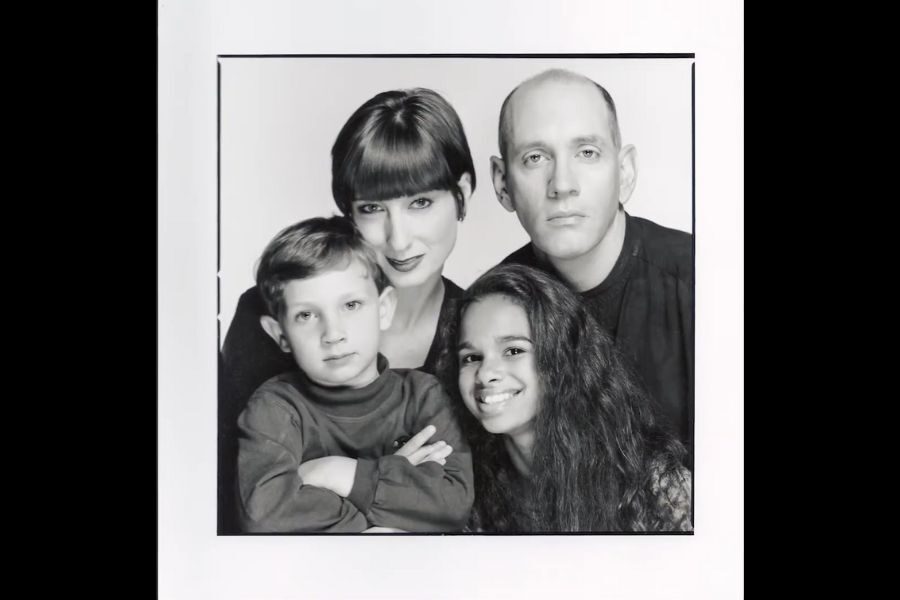
At 15, Misty’s world split apart. Her mother demanded she come home. Cynthia Bradley fought to keep her. Misty filed for emancipation. Her mother countered with restraining orders, claiming the Bradleys had “brainwashed” her daughter.
Cameras followed. Soon, her life became a headline, broadcast on shows like Leeza. “It was a nightmare,” Misty later recalled. The case was eventually dropped, with Misty being too young to emancipate, but the damage was done.
Misty returned home, but something had fractured: trust, innocence, the simple joy of dancing. She’d tasted what it meant to be torn between two worlds, and neither one felt safe anymore.
New York with Nothing But Talent
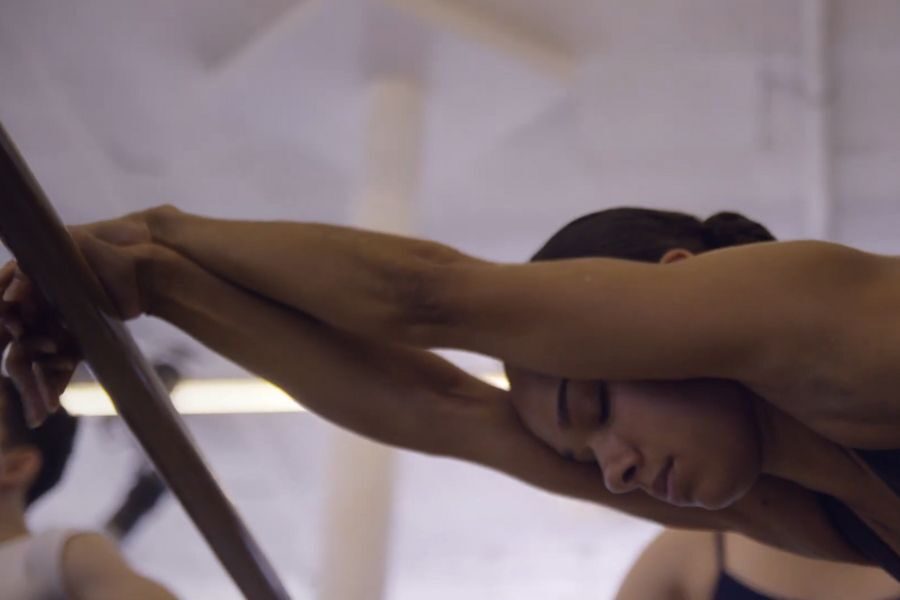
In 2000, Misty earned a full scholarship to American Ballet Theatre’s summer program. At just 17, she was named ABT’s National Coca-Cola Scholar. Then came the invitation that changed her life: join ABT’s Studio Company in New York.
She arrived with talent, grit, and little else. The city was overwhelming—too loud and too fast. Inside, the studio was filled with thin white dancers who made her question her body, her place, her worth.
“I never dreamed at 13 years old, living in a motel, that I’d be in this position,” she later reflected. Now she was here, surrounded by elite, cutthroat dancers, struggling to belong in a world built for people who’d never worried about cup noodles.
The Youngest in the Company
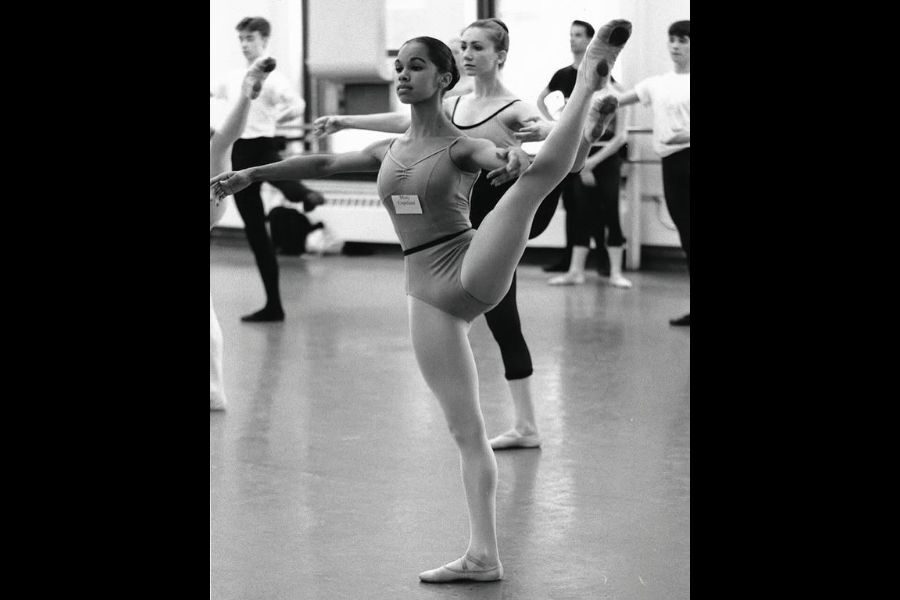
Just a year after, at 18, Misty became a member of ABT’s corps de ballet—the ensemble dancers who perform in large group scenes. She was one of the youngest, and the only Black woman.
The other dancers were polished, poised, and technically flawless. They’d trained their entire lives for this. Misty had trained for six years. Six. The gap felt insurmountable some days.
“My ballet career has not been an overnight sensation,” she’d later explain. For 14 years, she worked longer hours than anyone—staying late and pushing through exhaustion. If she were behind, she’d simply outwork them all.
When Everything Shattered
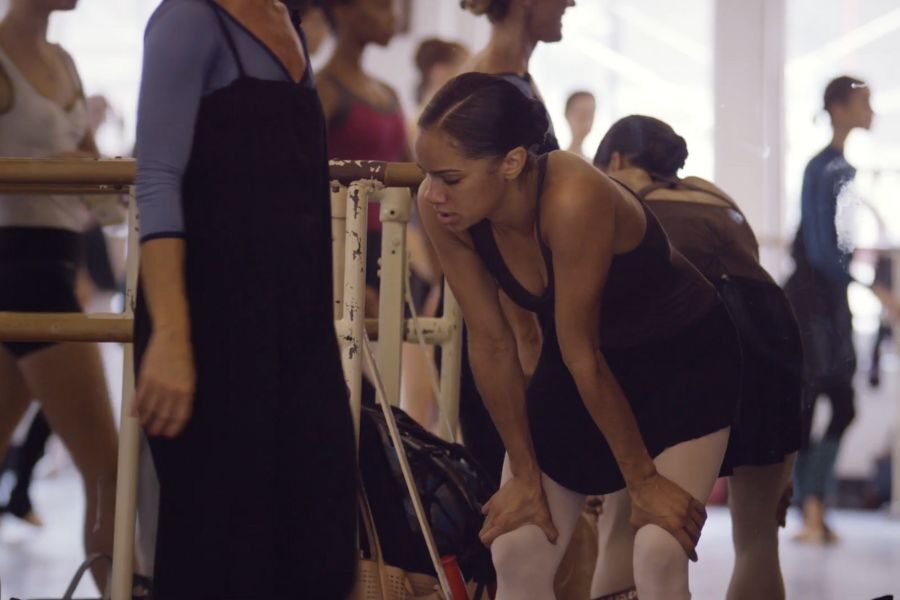
She pushed harder than anyone, determined to make up for lost years. Extra hours in the studio, nights that stretched long after others went home. But the body has limits—and Misty’s finally gave way.
A sharp pain in her lower back turned out to be a vertebral fracture. The prescription was devastating: a back brace, 23 hours a day, for a year. She could only watch as other dancers took the stage, their careers leaping forward while hers stalled in place.
Then came another blow. Doctors discovered her bones were dangerously weak. Pills forced puberty, and just days in her hips widened and curves appeared. The “perfect Balanchine body” everyone once praised was gone. And with it, the dream she had nearly broken herself to reach.
Learning to Be the Only One
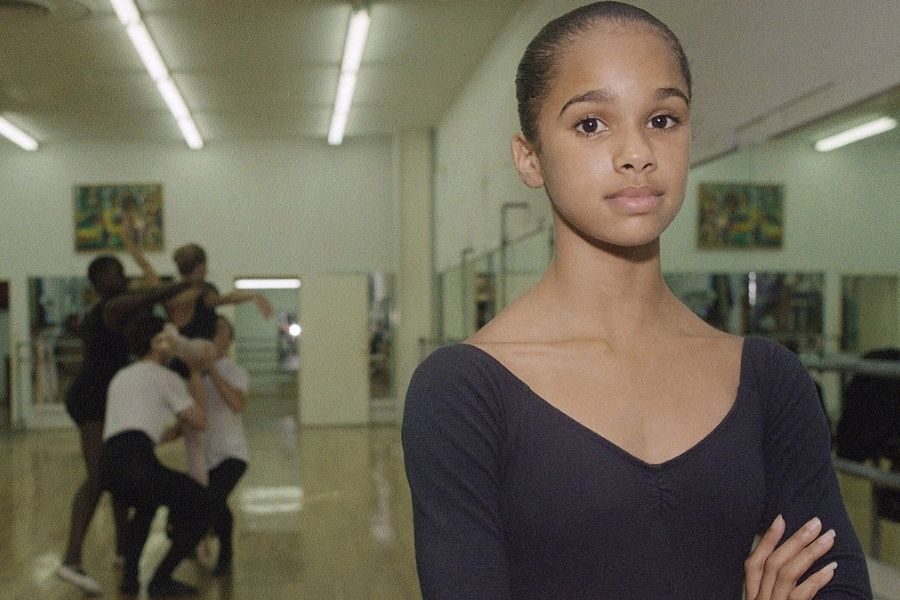
The fracture healed, but another weight came. For her first decade at ABT, Misty walked into studios where the mirrors reflected her difference back at her. She was the only Black woman there.
“We don’t exist in the ballet world,” she told ABC News plainly. “I’m too muscular. I’m too short. My bust is too big.” The message came through clearly: her body, her very presence, was wrong for ballet.
The isolation was suffocating. Every mistake felt magnified, every success somehow diminished. The fear stretched beyond herself; it felt like she was being judged as proof that dancers like her didn’t belong.
The Daily Battle Against Whispers
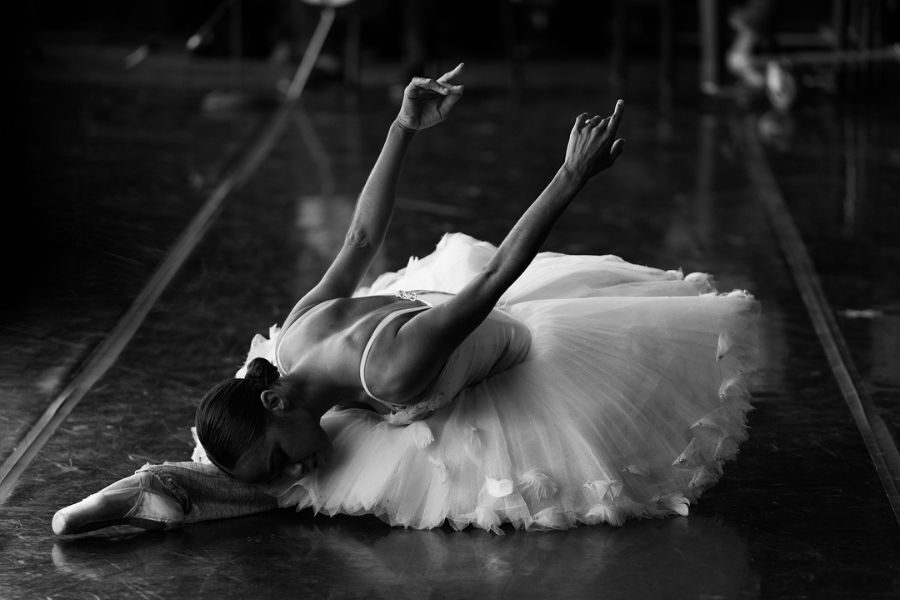
Every day, the whispers cut deeper. She was “too muscular,” “too curvy,” not the “right” shape. Yet white dancers with the same build weren’t questioned. Slowly, it became clear: it wasn’t her body. It was her skin.
Some days it was subtle—a look, a pause. Other days it was explicit, comments that bruised and stayed. “Many times I almost quit,” Misty later revealed.
Yet she learned to navigate carefully. Too angry, and she’d be labeled. Too quiet, and she’s weak. Finding her voice meant dancing on a wire. Every step measured, every word precarious.
Finding Her Voice
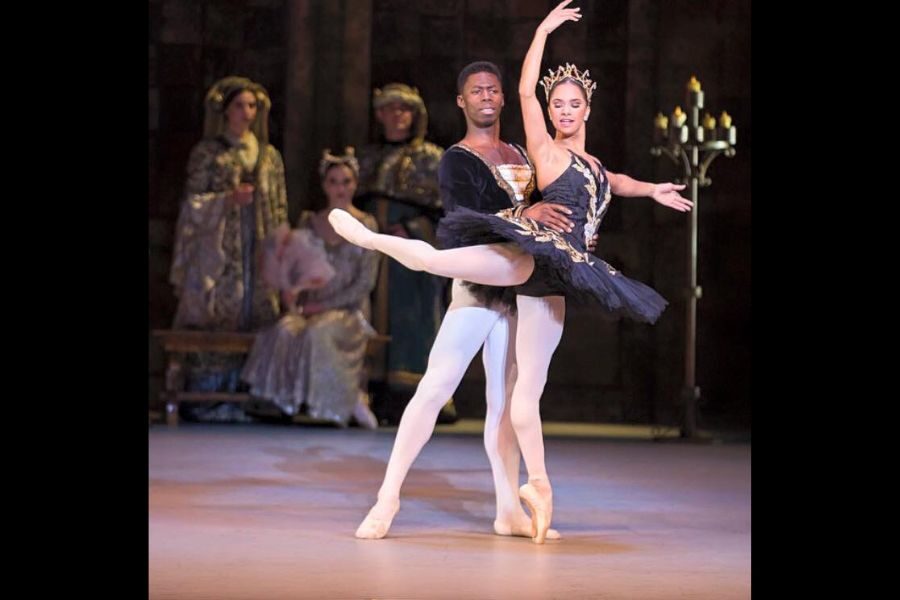
Misty learned, through painful trial and error, how to advocate for herself without being called an “angry Black woman”—a label meant to silence, to dismiss.
She watched the Black men who came through ABT, studying how they navigated similar waters. She learned when to push, when to pull back, how to be heard without feeding the stereotypes waiting to trap her.
“I never hid the fact that these things were connected to my race,” she said. She was strategic, yes, but never silent. The same spine that had fractured under pressure now held her steady, unbending, unafraid.
A Note That Changed Everything

At her lowest, Misty wondered who could understand her struggle—what it meant to be the only one. After a performance in Los Angeles, a note was waiting at the stage door, written by actress Victoria Rowell.
Victoria understood the path, the barriers Misty faced, the weight of being black in ballet. She invited her home. “She spoke to me like a human: ‘I’ve been there,’” Misty recalled.
That single note opened doors. Through Victoria, Misty met Susan Fales-Hill, an ABT board director, and then others—women who had fought for space in rooms that weren’t designed to include them. They recognized what Misty was building and the price she was paying.
Building Sisterhood In Lonliness

These women created what the ballet world could not: a place where Misty could be a vulnerable, frustrated, human. Where she could name what was happening without being gaslit or dismissed.
“That’s something innate in Black culture,” Misty explained. “When so few of us are in certain spaces, and opportunities are limited, you want to be there as a support.”
Even though Misty was still the only Black woman dancing for ABT, she stopped feeling alone. That network of women became her anchor, proof that she belonged to something bigger, something beyond ballet.
The Roles That Went to Others
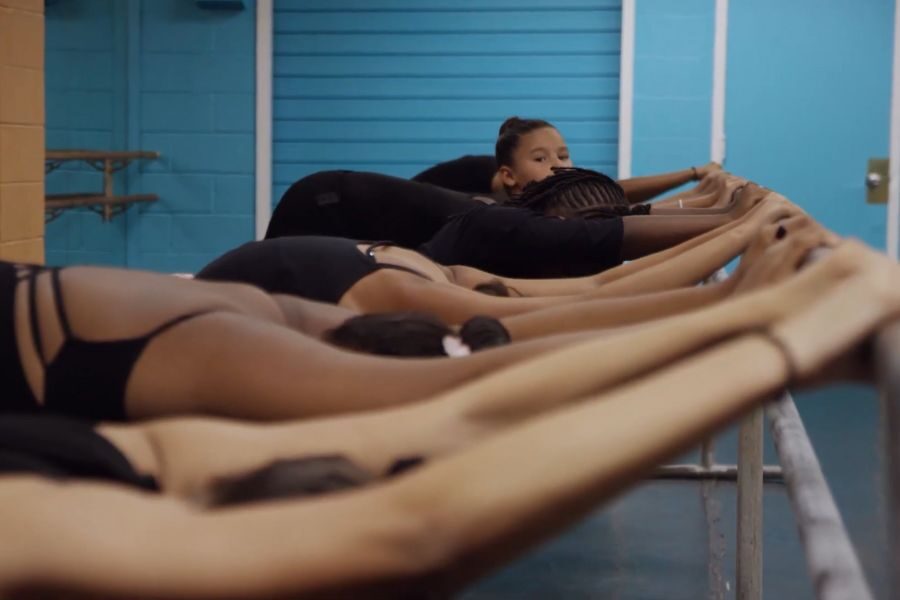
The roles that should have been hers kept going to other dancers. Leads in classical ballets, parts that matched her technical ability and artistic range—passed over, again and again, for reasons unspoken but understood.
She was ready. Everyone could see it. But ballet has unwritten rules about who gets to dance which roles, and those rules weren’t written with dancers like Misty in mind.
Each rejection stung, but she learned to turn it into fuel. “It was believing that my path was never a straight line or like anyone else’s,” she said. If they wouldn’t give her the roles, she’d make them impossible to deny.
A Choreographer Who Saw Her Truth
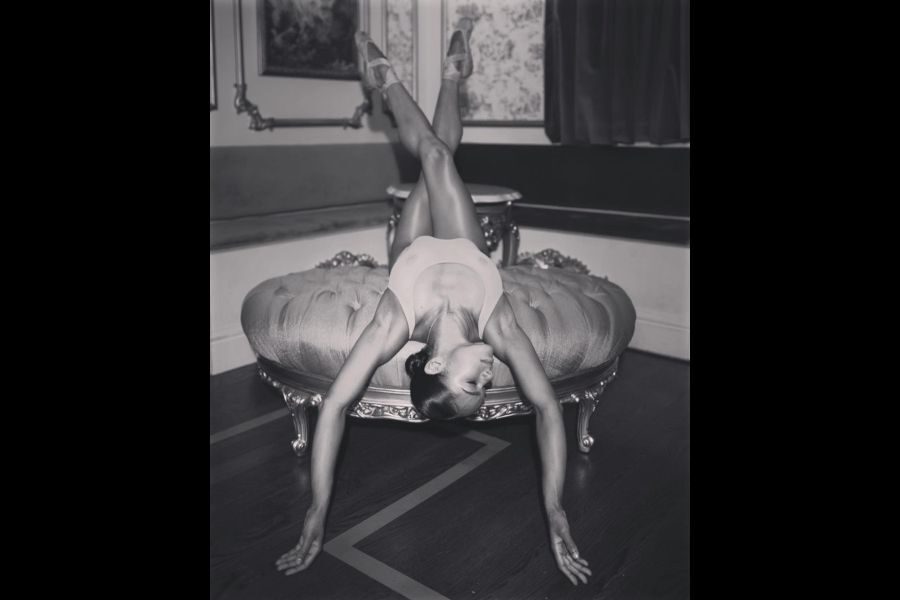
In 2012, choreographer Alexei Ratmansky came to ABT with a new vision for Firebird, one of ballet’s most iconic works. He needed a dancer who could embody power, grace, and transformation. He chose Misty.
It wasn’t a traditional choice. Firebird had never been danced by a Black woman at ABT. But Ratmansky didn’t follow the guidelines that kept ballet trapped in tradition. He saw her talent and fire.
For Misty, it was the opportunity she’d been training for—a chance to flourish, to claim the stage. And it was terrifying. If she failed, it would confirm every doubt. If she succeeded, everything would change.
The Performance That Shattered Expectations
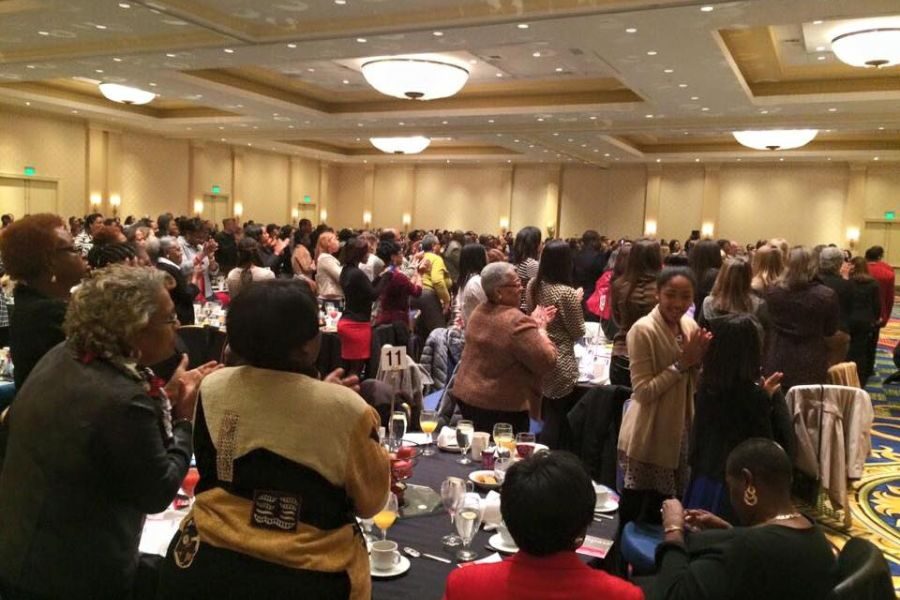
On opening night of Firebird, Misty took the stage with a presence that reshaped the role, bringing raw power and emotions that left audiences breathless. She owned the stage as if it had been waiting for her.
The audience that filled the theater looked different than typical ballet crowds. Young people, people of color, those who’d never felt welcome at Lincoln Center—they came because of her. And they stayed because she was extraordinary.
But as the applause thundered and the curtain fell, something inside her was already breaking. The performance that launched her career was about to bring her to her knees, and not in the way ballet had trained her for.
When Her Body Broke Again
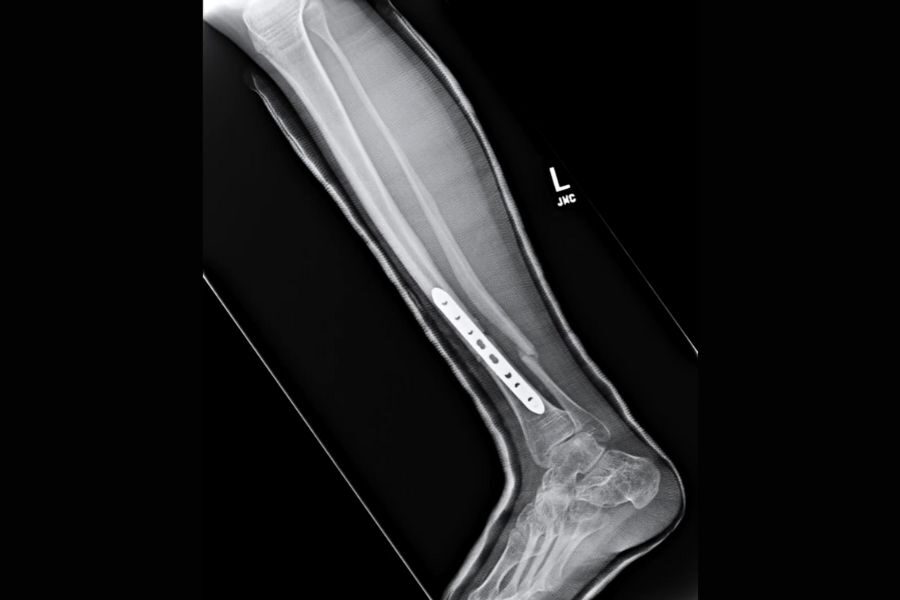
Days after her triumph, Misty felt it—a pain in her shin that wouldn’t quit. The doctor’s face told her everything before he spoke: six stress fractures in her left tibia. Surgery. A titanium plate. Months of recovery.
She was 29 years old. In ballet years, that meant time was already running out. The body she’d spent years learning to trust had betrayed her. Every dancer knew this fear—that one injury could erase everything, make you obsolete, forgotten.
Everything she’d fought for hung by a thread. The breakthrough that was supposed to launch her had instead brought her to the edge of losing it all. She finally felt like she belonged, only to watch it slip away while she couldn’t even stand.
The Comeback Nobody Expected
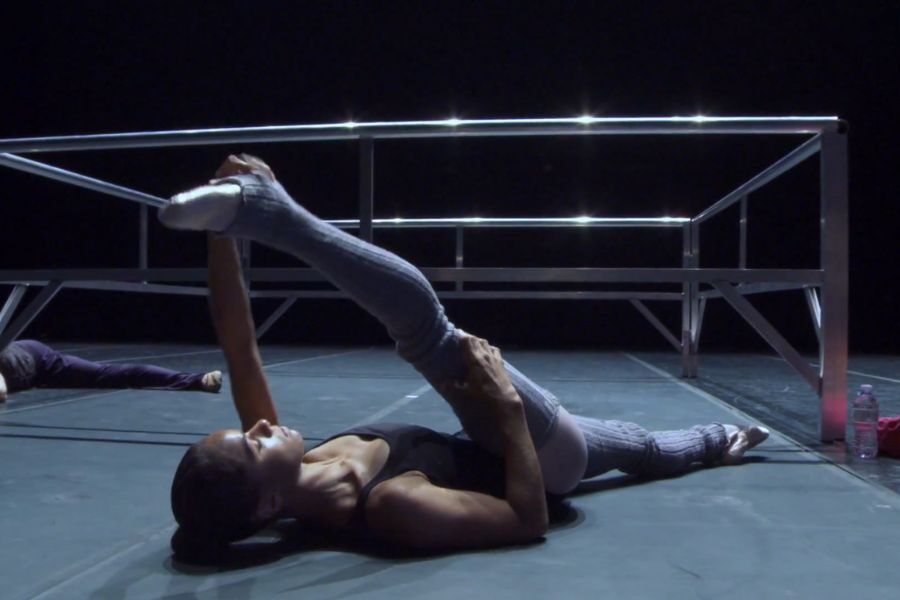
For seven months, Misty worked with Marjorie Liebert, a tiny former dancer who taught barre-à-terre—ballet exercises done lying on the floor. It was humbling, starting over from horizontal. Some days she wondered if she’d ever feel whole again.
But lying there, stripped of everything she could do, she found something unexpected: clarity. She learned her body differently—not as something to push past its limits, but as something to understand. To work with, not against.
In May 2013, she returned to the stage. Her first performance disappointed her. But a week later, she danced at a level she’d never reached before—more mature, more alive. The injury that should have ended her had remade her into something stronger.
Dancing Against Every Tradition
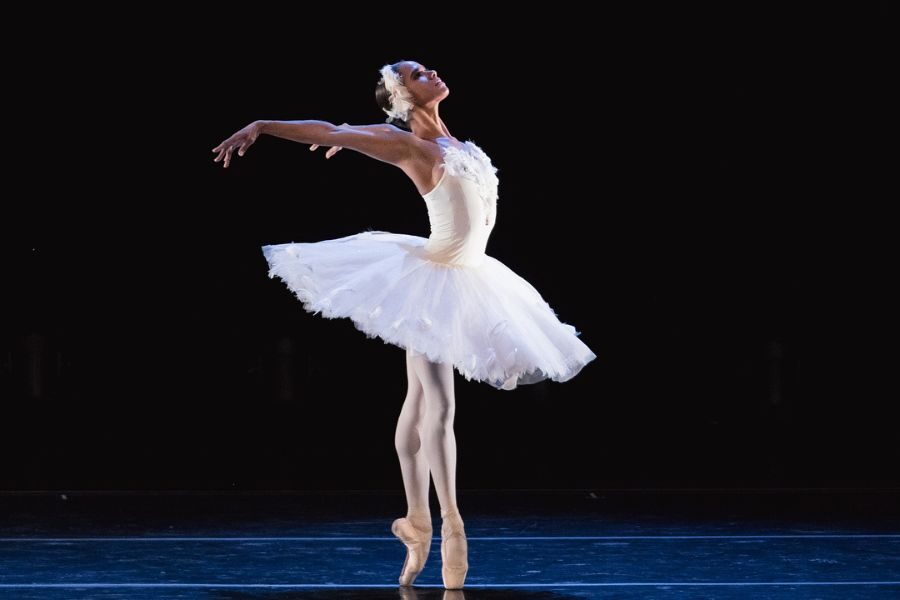
After her comeback, Misty began claiming roles that had been denied her for years. Clara in “The Nutcracker”—more than a decade after she was first supposed to dance it. Juliet in “Romeo and Juliet.” Odette/Odile in “Swan Lake.”
“You can be who you are,” she insisted. “You don’t have to look like the person next to you.” Ballet’s aesthetic had long been tied to whiteness—pale, delicate, ethereal. She was powerful, muscular, undeniably Black. And she refused to shrink herself to fit.
Each performance was a declaration: this is what ballet can be. This is what you’ve been missing. And suddenly, people who’d never stepped inside the Metropolitan Opera House were walking through its doors—and the world inside was about to change.
An Audience Like No Other
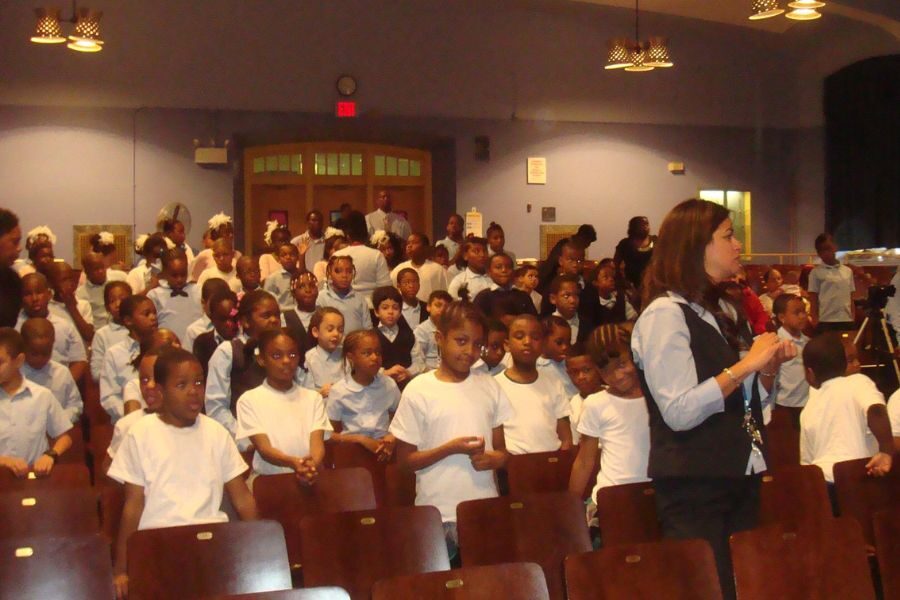
The audiences for Misty’s performances looked nothing like traditional ballet crowds. Young Black girls filled seats at the Metropolitan Opera House, seeing themselves reflected on stage for the first time. Families who’d never considered ballet suddenly bought tickets.
“I never dreamed I’d be able to bring in so many people that never felt like they belonged in the Metropolitan Opera House,” Misty marveled. She was creating “the Misty Effect”—inspiring diverse communities to take up ballet.
ABT’s leadership couldn’t ignore what was happening. Misty was transforming who ballet was for. She was making the art form feel urgent and necessary again, pulling in audiences that had been locked out for generations.
Redefining What Beauty Means
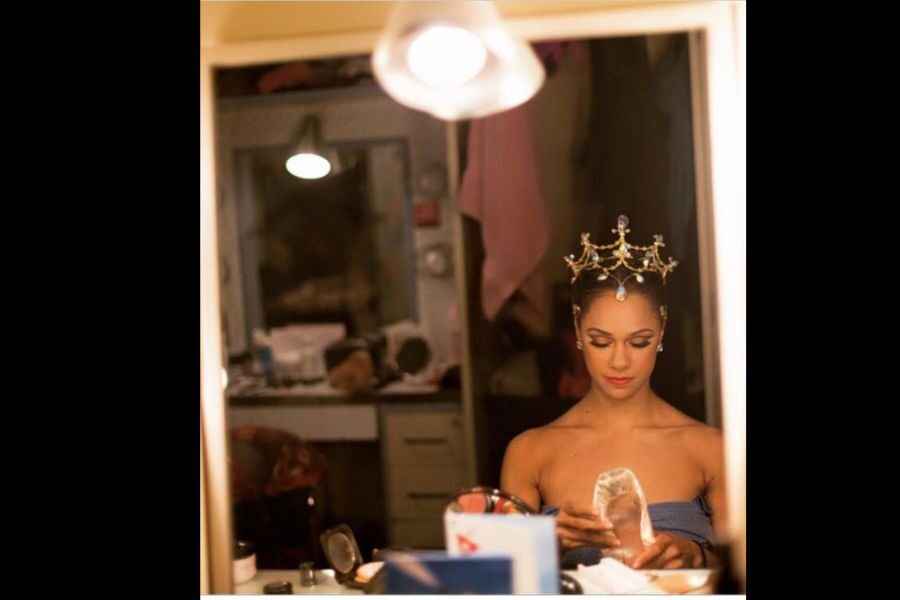
For centuries, ballet’s idea of beauty was painfully narrow. In the 1800s, Marie Taglioni’s fragile frame and rounded back became the ideal. Later, Anna Pavlova’s delicate lines were praised as the height of grace.
“Let’s be honest,” one ABT board member said. “Most ballet companies look like an Alabama country club in 1952.” That image persisted—pale, slender, ethereal. Misty’s body didn’t fit that mold. And so the message was clear: wrong for ballet.
“I’m a huge supporter of classical ballet,” she’d say, “and I want to address the things that need to change.” Her strength became grace. Her power became elegance. She expanded what ballet beauty could mean, but there’s still a long way to go.
The Art of Strategic Patience
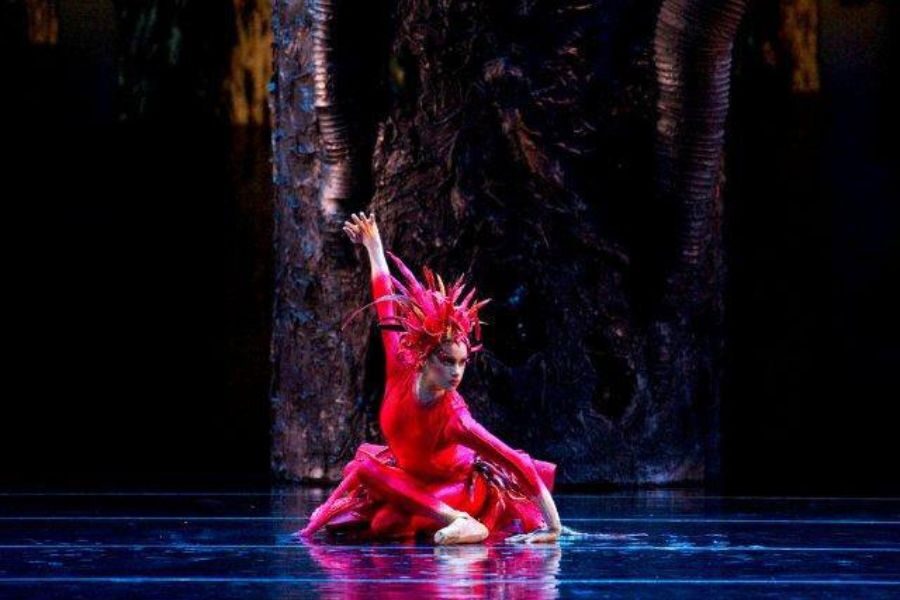
While younger dancers were promoted to soloist and principal roles, Misty waited. She was older, more accomplished, but still passed over.
She could have left. Other companies would have hired her instantly. But she’d set her sights on ABT specifically, and she refused to let them off the hook. “I didn’t allow myself to get down,” she said.
Patience became its own form of resistance. She stayed, worked harder, made herself impossible to ignore. If they were going to deny her, they’d have to look her in the eye while doing it. But time was becoming another enemy she’d have to defeat—and in ballet, time never loses.
When Age Became Another Mountain
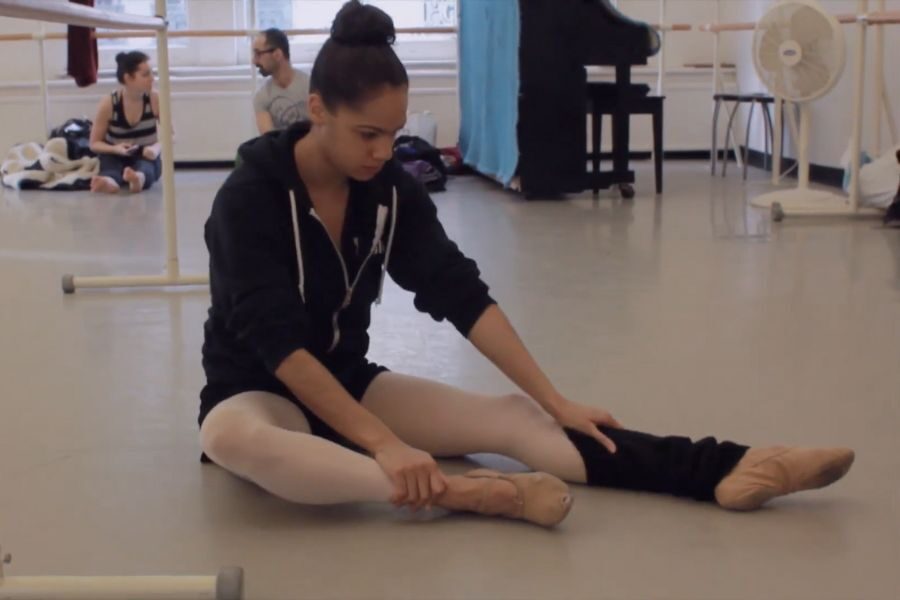
By her late twenties, Misty was still a soloist, not a principal—despite accomplishments that far exceeded many who’d been promoted ahead of her. In ballet terms, she was running out of time.
Female dancers typically reach principal status in their early twenties, if at all. Bodies break down. Injuries accumulate. The window closes fast. At 28, 29, 30—Misty was aging out of her own dreams.
She’d defied every timeline before, yet even Misty might not overcome this. Not when the only obstacle left wasn’t something she could dance through or willpower her way past. It was institutional. And it was 75 years old.
75 Years About to Be Rewritten
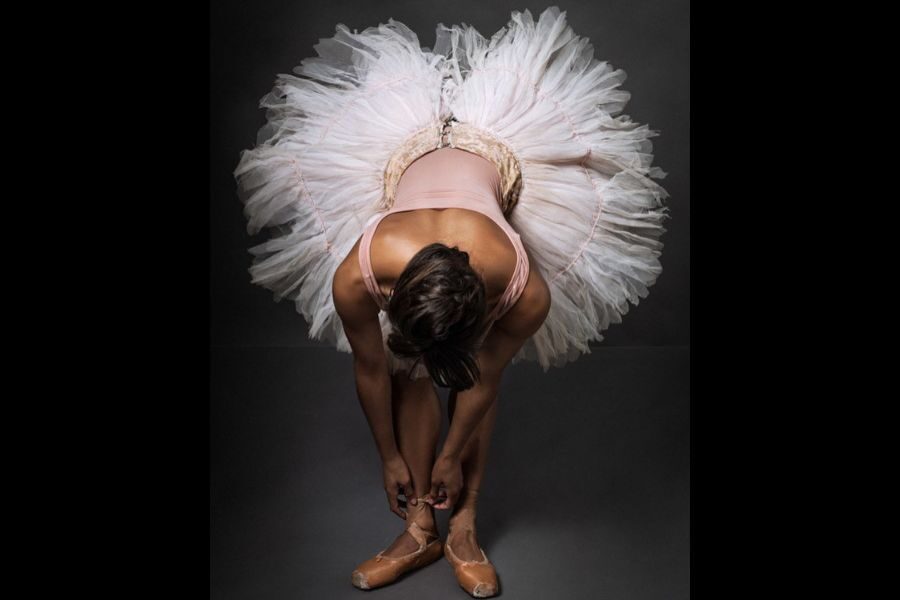
By 2015, the pressure on ABT had become undeniable. Misty’s performances drew massive crowds. Her Under Armour commercial had millions of views. Her media presence elevated the entire company. Yet still—no promotion to principal.
The company’s history was 75 years long. No Black woman had ever reached that rank. Not one. The omission was glaring, shameful, impossible to defend. The world was watching and waiting.
Inside ABT, conversations shifted. The artistic staff couldn’t ignore the obvious anymore: Misty wasn’t just ready—she’d been ready for years. They were the ones who needed to catch up. The only question left was when.
The Call That Made History
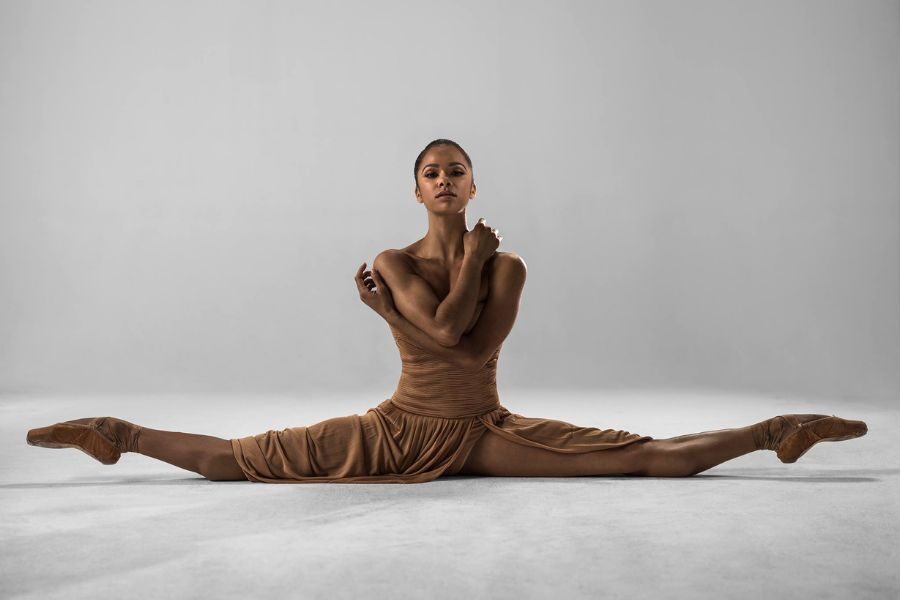
On June 30, 2015, Misty’s phone rang. Kevin McKenzie, ABT’s artistic director. He asked her to come to the office. Her heart knew before her mind did—this was it.
When he offered her the promotion to principal dancer, she cried. Not just from joy, but from relief—years of waiting, proving, fighting, all converging in this single moment. Finally, she was being seen.
She became American Ballet Theatre’s first Black female principal dancer in its 75-year history. The weight of it was enormous—a barrier three-quarters of a century old, finally shattered. But as she’d learned, being first meant the real work was just beginning.
Finding Her Platform

Misty’s voice carried new weight. Media wanted interviews. Young dancers sought her advice. Companies invited her to speak. She had something rare: a real platform that reached beyond ballet.
She could have played it safe—instead in 2019, she posted a photo of white Bolshoi dancers in blackface from La Bayadère. “I’m tired of giving the oppressors the benefit of the doubt,” she said. “They need to be exposed, called out, educated and more.”
She had spent years navigating carefully to survive, being silenced and suffering in it. Now she could be direct. And she wasn’t going to waste it. Not when the world could no longer look away.
When the World Finally Listened
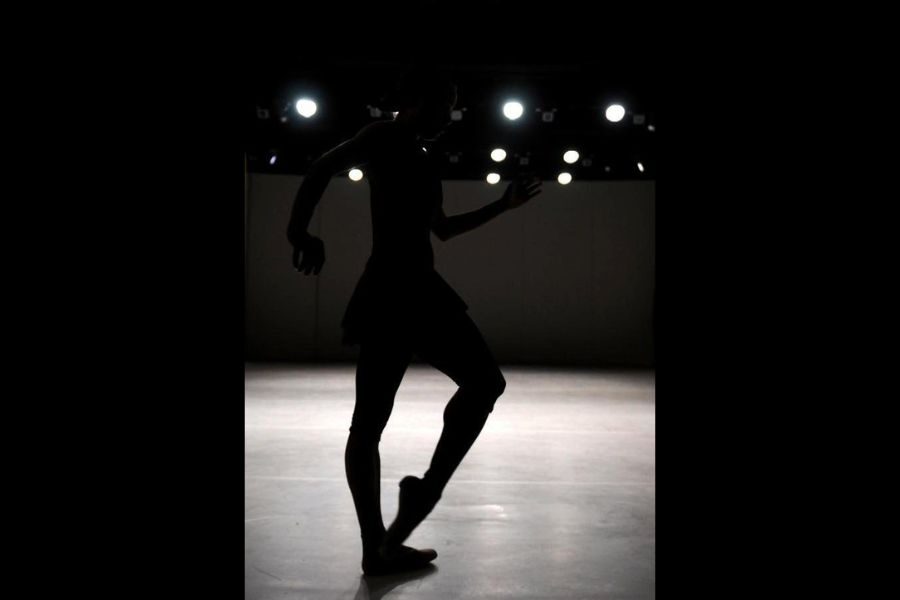
For 20 years, Misty had conversations about race in ballet. And people nodded while nothing changed. Then 2020 happened—the pandemic, the protests, the spotlight finally on industries that had hidden in bubbles for too long.
“This is the first time that I feel a shift in an authentic interest in what I’m saying,” she said in a PBS interview. Before, diversity initiatives meant her face on brochures while dancers of color still couldn’t get hired. Now conversations felt different. Uncomfortable. Real.
That May, she co-founded Swans for Relief, rallying ballerinas globally to raise $500,000 for furloughed dancers. They were listening now. But Misty had learned long ago that being heard wasn’t the same as being believed.
From Token to Transformation
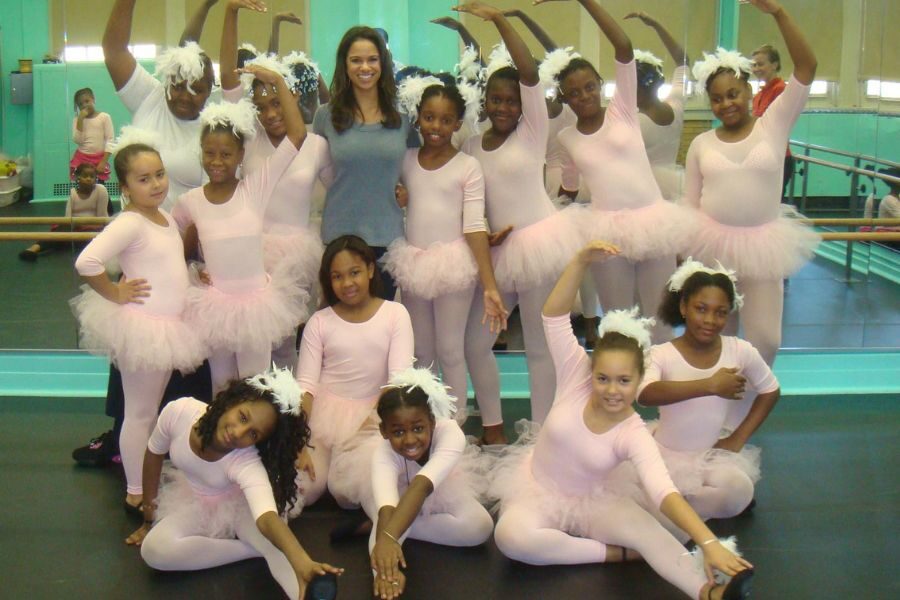
Being “the first” had made Misty a symbol, but she refused to be a token. She pushed ABT and the broader ballet world to do more than point to her as proof—that box-checking she’d endured for years.
Real change meant more Black dancers in the corps. Diverse leadership. Questioning Eurocentric beauty standards. Addressing economic barriers—the expensive shoes, costly training that kept out talented kids like she’d been.
“I understand that this is a slow process. It’s everyone’s responsibility to keep it going.” she insisted. But Misty knew lasting change couldn’t happen onstage alone. To open ballet’s doors wider, she reached far beyond dancing.
Building Beyond the Stage
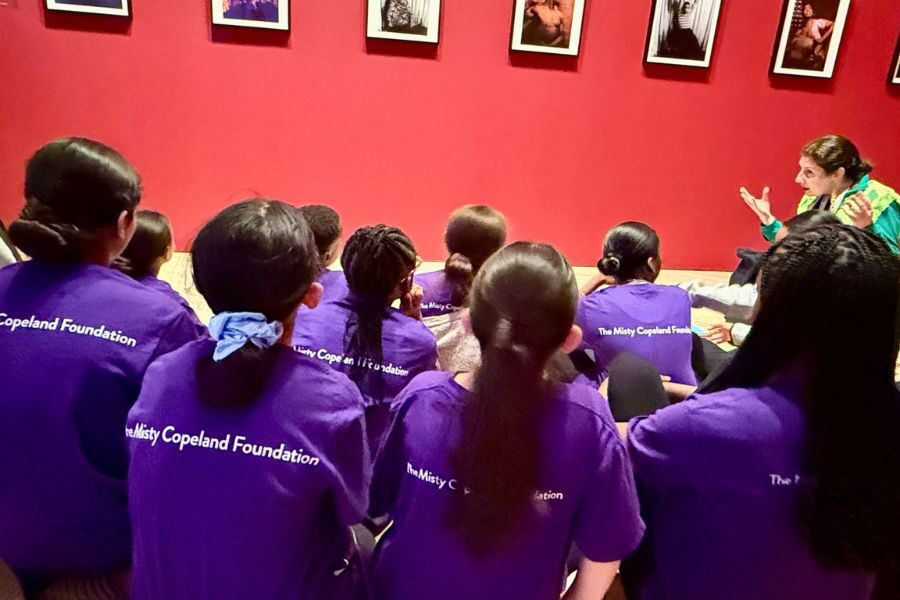
Flipping through Bunheads, she lingers on the illustration—a Black girl mid-leap, arms unfurling like wings. It was Misty’s dream captured in ink, now spilling off into a production company and a foundation.
Through BE BOLD, she brought ballet to kids who’d never touched a barre, learning pliés to live violin in sunlit afterschool studios. The same unexpected joy that found her on that basketball court now echoes in dozens of voices.
“The discipline, the rigor—those are beautiful things children should experience,” she said. Not to make professionals but to shape people. The girl from the motel room was building something that would outlive any curtain call, any standing ovation.
Teaching What Really Matters
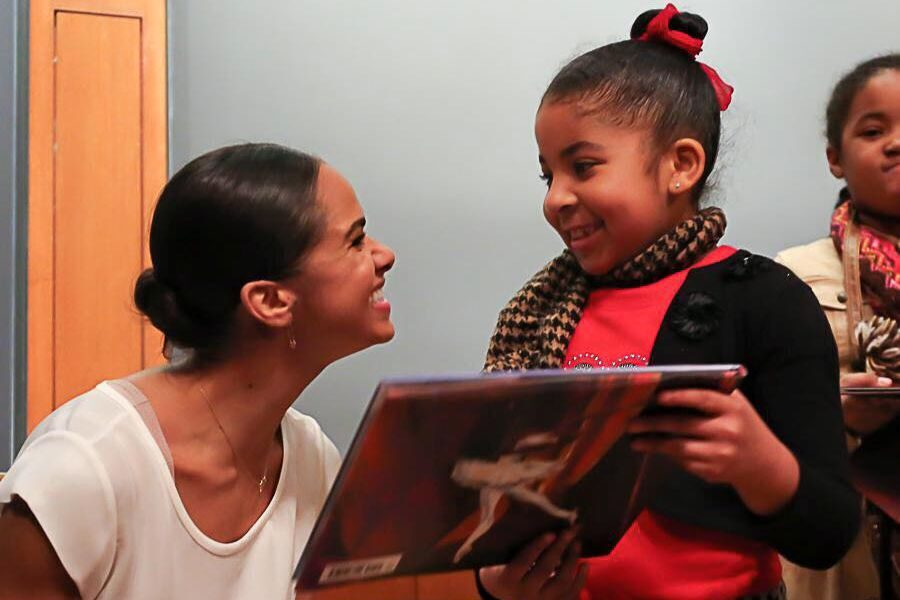
At Harvard, a young Black woman approached Misty with tears streaming down her face. Kathryn had quit ballet as a teen—being a Black ballerina had felt painful, degrading. “You’ve inspired me to start dancing again,” Kathryn said.
The doors Misty had pried open with calloused hands and scraped knees had finally opened for dancers like Kathryn. She offered more than technique-she offered proof that you could survive this world and stay whole.
Misty gave them permission to take up space, to be seen, to trust the work more than the doubt. That when you’re rooted deep in your craft, your body can finally speak what words never could.
Storytelling Through Movement
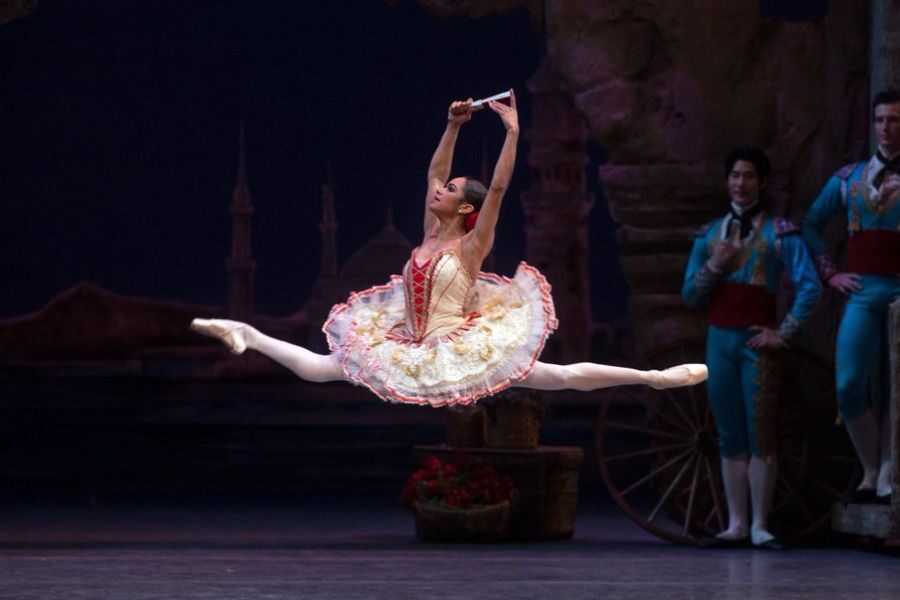
As Misty’s career evolved, her focus shifted to something deeper. “The older you get, the less you can depend on your body physically,” she explained. “The end goal in ballet is to tell a story.”
As Kitri in Don Quixote, she became the fiery innkeeper’s daughter. Fan snapping shut. Body curving between mock despair and explosive leaps that pulled gasps from the orchestra seats. Critics noted her “real acting chops”, she made the story pulse.
She’d learned to make people feel. Not just watch, but sense it rising in their chests, tightening in their throats, burning behind their eyes. With every role, she insisted: I belong here. We belong here.
Knowing When to Step Back
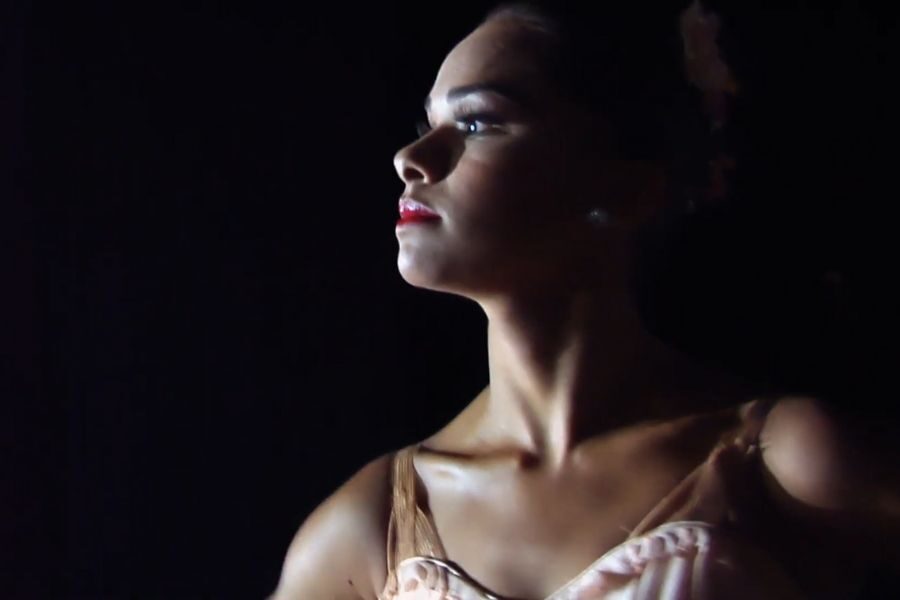
During the pandemic, theaters went dark. Touring stopped. For the first time in years, Misty had space to breathe, to think about life beyond constant performances. She focused on writing, her foundation, projects she’d never had time for.
It made her think differently about retirement, about legacy. “Turnover in a company is important,” she reflected. “You need to give the next generation a chance to learn from you, but you also need to give them opportunities.”
She’d seen dancers hold positions too long—younger talent blocked, companies stagnating. She refused to become that obstacle. When the time came, she’d step back. Not because she was done, but because she understood what mattered: clearing the path for those coming after.
A Legacy That Lives Forever
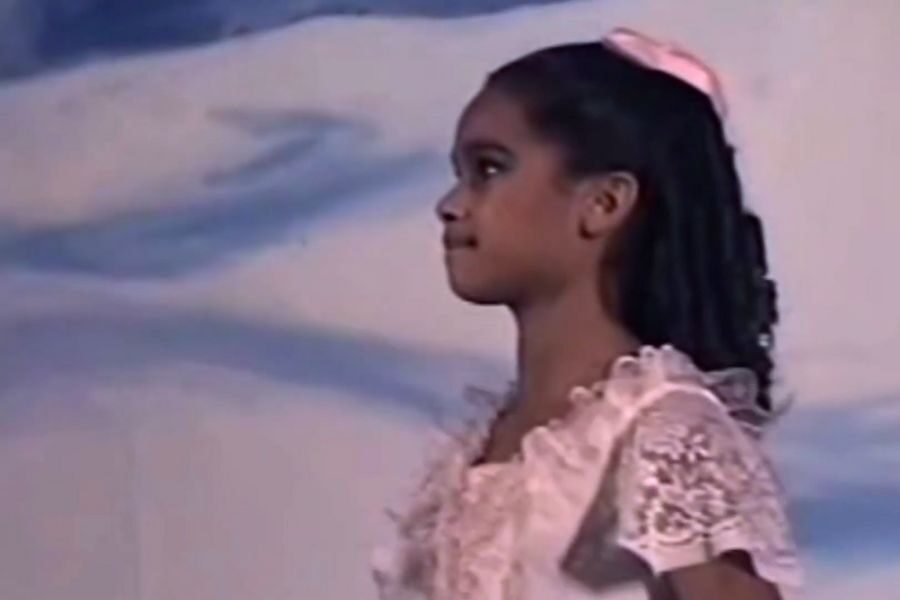
Misty Copeland’s legacy isn’t measured in roles danced or barriers broken. It lives in the young dancers who see her and finally see themselves—Black girls who now know ballet is possible for them too.
It’s in the conversations she forced about race, body types, access. In the doors she opened and refuses to let close. In her insistence that being “first” means nothing without a second, third, hundredth following.
“There’s no way I can go on without having this in my life,” she’d said at 13, discovering ballet. 25 years later, it was ballet that couldn’t go on without dancers like her.




